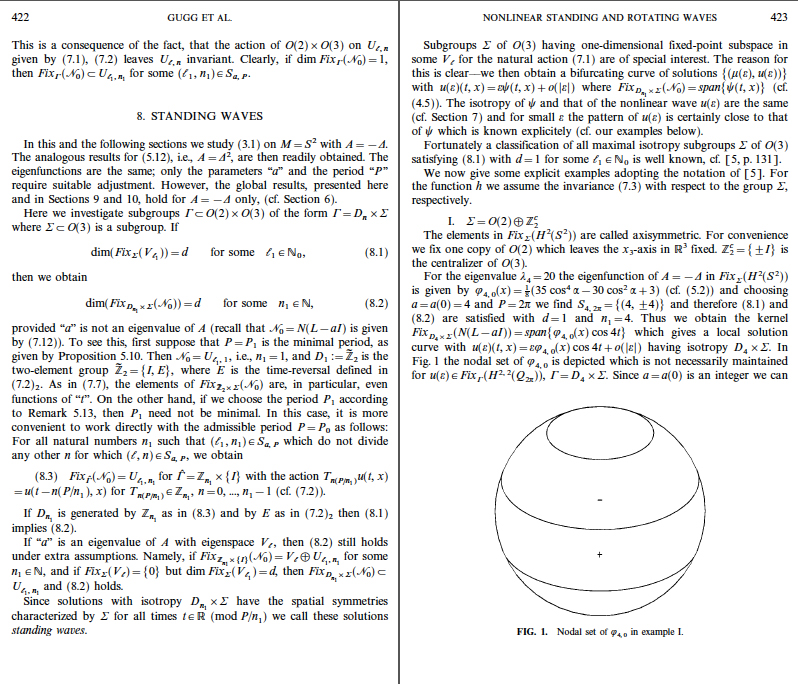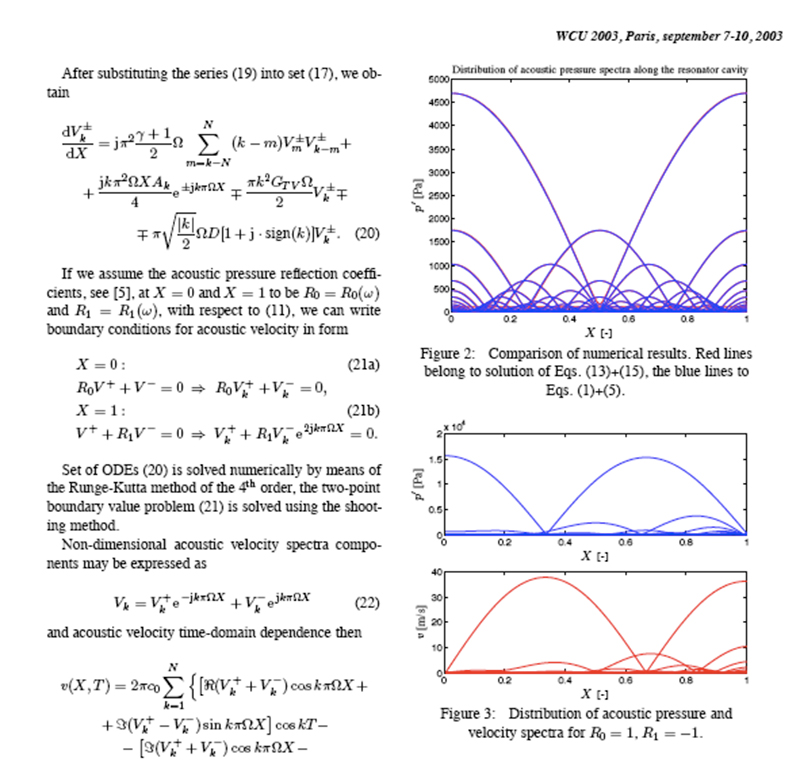Q: ... (A) Okay, I was trying to figure out how to build this expanded gravity, and I made a table to assist the question. The first possibility is that one can build gravity on a square matrix. This matrix can be symmetric, can be non-symmetric, or can be a complex matrix, which I call possibilities a, b, and c. The second possibility is to build a theory of gravity on the basis of a connection which looks like a cube rather than a matrix. Here we also have three possibilities: no curvature, but torsion; no torsion but curvature; torsion and curvature. These are possibilities 1, 2, and 3. Another possibility is to use any combination of these two lines of speculation. Another possibility is none of the above, but to build gravity on the basis of an irregular cube, or an irregular square, which I call A. Another possibility is to use something that is none of the above.
A: Octagonal complexigram. Try the formula for possibility 1-c first.
Could this possibly be what the Cs call an Octagonal Complexigram?

And here are some other perspectives:

Sources:
Left:
Jadczyk A (2003) ‘On Quantum Iterated Function Systems’ IFT University of Wroclaw internal report
Blanchard P, Jadczyk A (1993) ‘Event Enhanced Quantum Theory and Piecewise Deterministic Dynamics’ Physical Letters A 175, pp. 157-164
Blanchard P, Jadczyk A, Ruschhaupt A (1999) ‘How Events Come Into Being: EEQT, Particle Tracks, Quantum Chaos, and Tunneling Time’ e-print archive quant-ph/9911113
Gugg C, Healy T, Maier-Paape HK, Maier-Paape S[/b] (2000) ‘Nonlinear Standing and Rotating Waves on the Sphere’ Journal of Differential Equations 166, pp. 402-442
Middle:
Lipshitz R (2002) ‘The Square Fibonacci Tiling’ Journal of Alloys and Compounds 342, pp. 186-190
Right:
Cervenka M, Bednarik M and Konicek P (2003) ‘Nonlinear Standing Waves in Acoustic Resonators with Arbitrary Reflection Coefficients at Their Walls’ Czech Technical University, Prague











